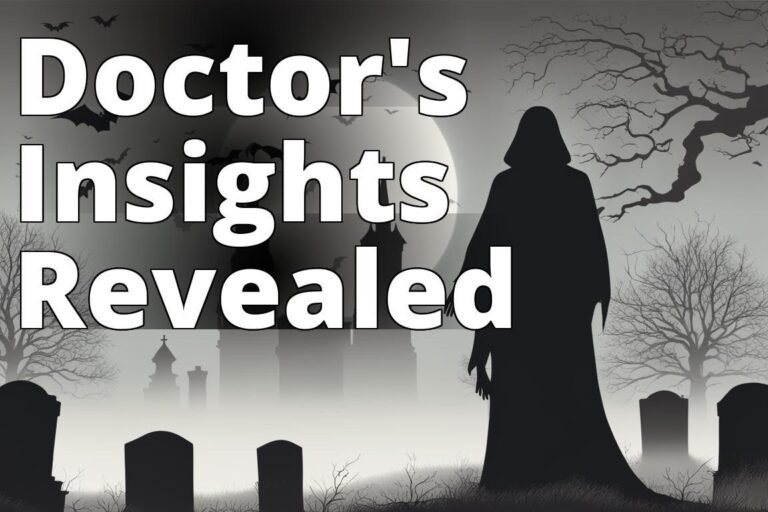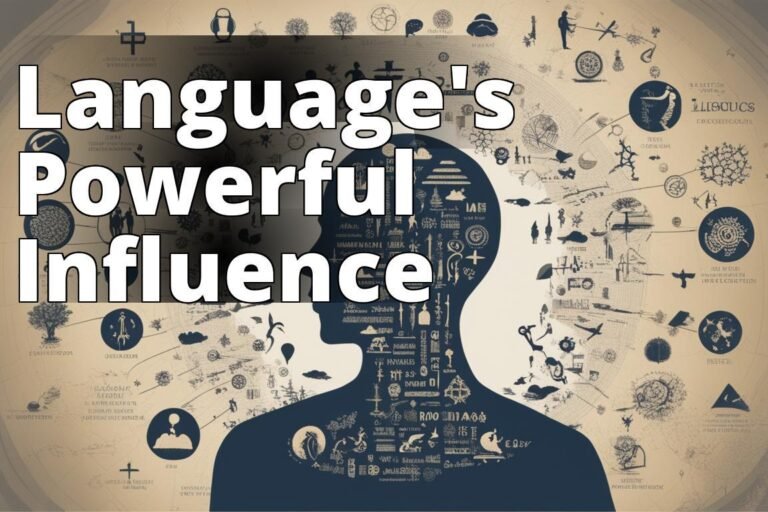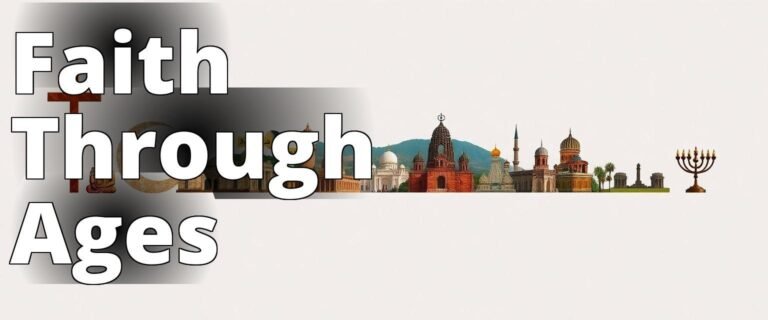10 Types of Demons and Their Meanings
Have you ever wondered why tales of demons have persisted across cultures for centuries? These enigmatic entities have captured human imagination, often lurking in the shadows of our collective psyche. In this exploration, we’ll delve into ten types of demons from various cultures, uncovering their meanings and the stories behind them. From the seductive Incubus and Succubus to the eerie whispers of the Banshee, these demons reveal much about human fears and desires.
Identify Different Types of Demons
Learn how to recognize various demons and protect yourself from their influence.
– Understand the characteristics of 10 specific types of demons, including Incubus, Asmodeus, and Banshee, to enhance your knowledge of their meanings.
– Discover what attracts demons to individuals and environments, which can help you identify potential threats.
– Explore effective protection methods such as prayer, salt, and crystals to safeguard yourself against demonic influences.
1. Incubus and Succubus
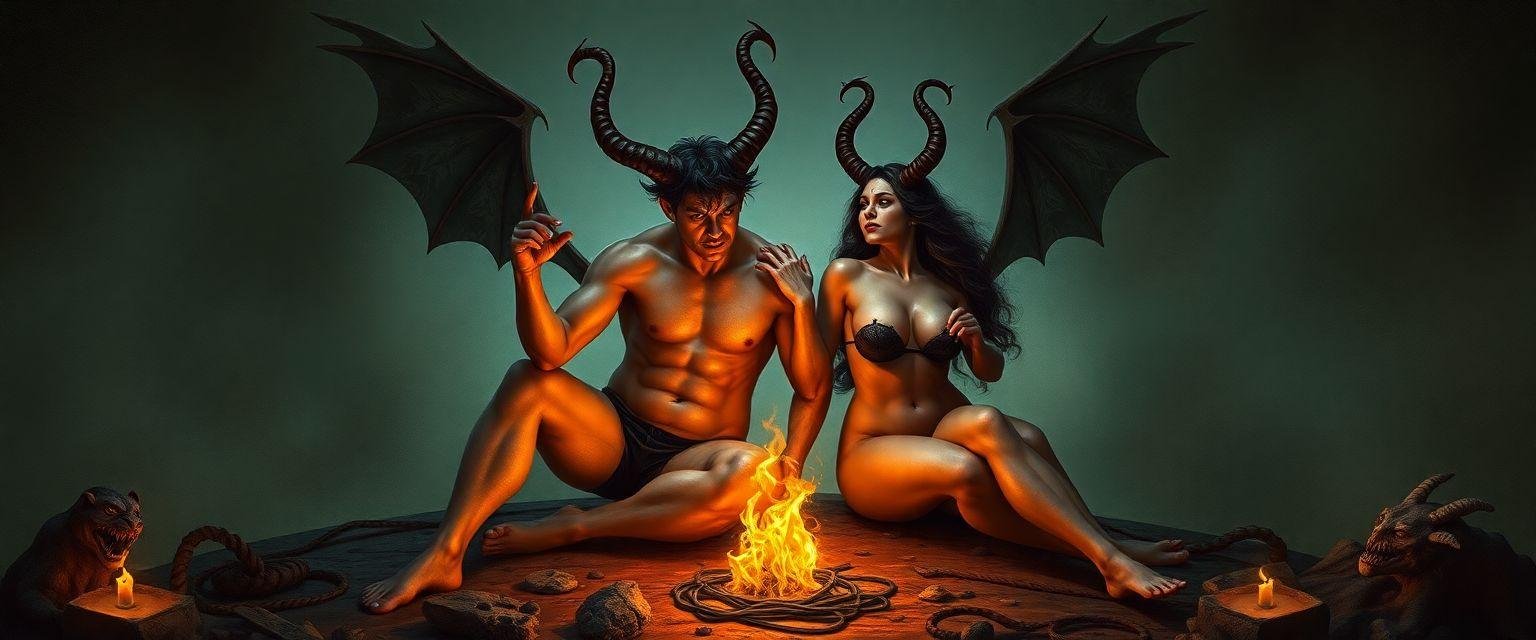
The Incubus and Succubus are perhaps the most well-known demons, often portrayed in folklore as seductive entities preying on human beings. The Incubus is a male demon believed to lie upon sleeping women, while the Succubus is its female counterpart, visiting men in their dreams. These demons are often associated with sexual temptation and sin, embodying the fears and taboos surrounding human sexuality.
Historically, encounters with these demons have been used to explain nighttime visitations that leave victims feeling drained and powerless. The infamous Malleus Maleficarum, a 15th-century witch-hunting manual, delved into the sexual nature of these demons, linking them to witchcraft and heresy. With their roots in ancient Sumerian myths, these demons have evolved, appearing in various forms across cultures and media.
Insider Tip: Sleep paralysis, a phenomenon where one feels conscious but unable to move, has been linked to Incubus and Succubus encounters. For more information, consider exploring this article.
2. Asmodeus

Asmodeus is one of the most formidable demons in Christian demonology. Known as the demon of lust and wrath, Asmodeus is often depicted with three heads: a human, a bull, and a ram. His origins trace back to the Persian Aeshma Daeva, a demon of wrath, revealing the syncretic nature of demon lore across cultures.
In the Book of Tobit, Asmodeus is famously known to have killed seven successive husbands of Sarah, fearing they would consummate their marriage. This portrayal of Asmodeus as a jealous and wrathful spirit highlights the demon’s association with destructive passions and envy.
Thought-Provoking Question: Can demons like Asmodeus be seen as manifestations of human emotions and vices, serving as cautionary tales about the dangers of unchecked desires?
3. Mara

Mara is a demon in Buddhist cosmology, known as the “Evil One.” Unlike the physical torment associated with many demons, Mara represents the metaphorical battle against temptation and spiritual hindrance. Mara’s most famous encounter is his attempt to distract Siddhartha Gautama, the Buddha, from attaining enlightenment by presenting him with worldly temptations.
Mara embodies the inner demons of doubt and desire, challenges that everyone faces on their spiritual journey. In many ways, Mara’s presence in Buddhist teachings serves as a reminder of the internal struggles that must be overcome to achieve peace and enlightenment.
Insider Tip: Buddhists often use meditation to combat Mara’s influence, focusing on mindfulness to overcome distractions and desires. Learn more about these practices here.
4. Djinn

Djinn, or genies, are supernatural beings found in Islamic mythology. Unlike the wish-granting spirits of popular culture, Djinn are complex entities with free will, capable of good or evil. They are said to have been created from smokeless fire, existing in a world parallel to humans.
Djinn are often blamed for unexplained phenomena, illnesses, or misfortunes, reflecting their unpredictable nature. They are deeply embedded in Middle Eastern folklore, with stories warning against invoking their wrath or attempting to control them.
Thought-Provoking Question: Are Djinn merely cultural myths, or do they represent the human need to explain the unexplainable, embodying the fears we cannot articulate?
5. Wendigo

The Wendigo is a chilling demon from the folklore of the Algonquin tribes of North America. This creature is often associated with cannibalism and insatiable greed. According to legend, the Wendigo was once a human who transformed into a monster after succumbing to the taboo of cannibalism.
The Wendigo serves as a stark warning against the dangers of unchecked greed and the consumption of fellow humans. Its relentless hunger symbolizes the destructive power of excess and the loss of humanity in the face of base desires.
Insider Tip: The Wendigo has been popularized in various horror films and literature, often depicted as a symbol of the wilderness’s unforgiving nature. For a cinematic exploration, check out the film “Antlers.”
6. La Llorona

La Llorona, or “The Weeping Woman,” is a ghostly figure from Latin American folklore. The legend tells of a woman who drowned her children in a fit of rage or despair and now wanders, mourning their loss. Her cries are said to be a harbinger of doom for those who hear them.
La Llorona’s story is a powerful narrative about grief, guilt, and the consequences of one’s actions. It serves as both a cautionary tale and a reflection of societal expectations placed on women, particularly in the role of motherhood.
Thought-Provoking Question: Does the tale of La Llorona serve as a cultural reflection of societal norms, or does it represent universal themes of loss and regret transcending cultural boundaries?
7. Dullahan

The Dullahan is a headless horseman from Irish folklore, often depicted riding a black horse with its severed head in hand. This ominous figure is a harbinger of death, believed to call out the name of those doomed to die. The Dullahan’s presence is a reminder of the inevitability of death and the fear of the unknown.
This demon’s chilling image has inspired countless stories and myths, including Washington Irving’s “The Legend of Sleepy Hollow.” The Dullahan embodies the fear of death, serving as a spectral reminder of our mortality.
Insider Tip: The Dullahan is often repelled by gold, a curious detail that has been explored in various adaptations. To learn more about Irish folklore, consider exploring this resource.
8. Banshee
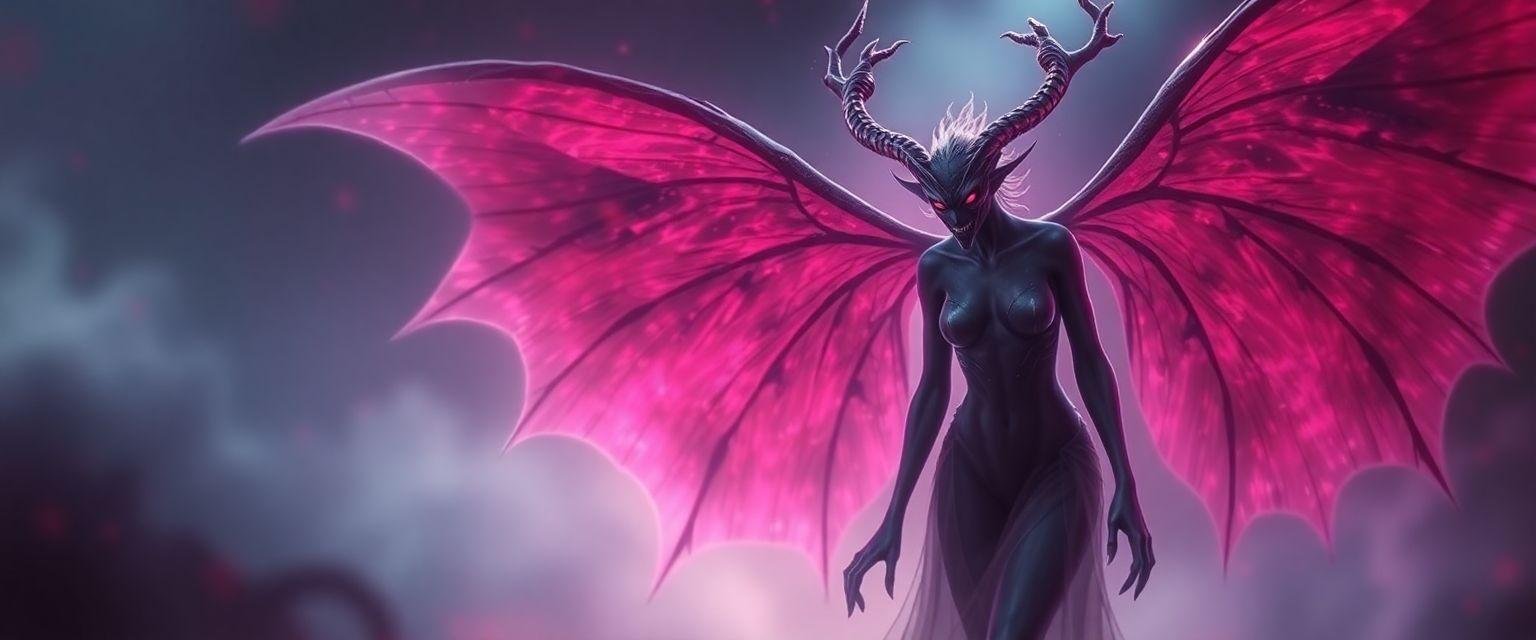
The Banshee is a mournful spirit from Irish mythology, known for her wailing cry that foretells the death of a family member. Unlike malevolent demons, the Banshee is a more complex figure, often seen as a harbinger of death rather than a cause of it. Her keening cry serves as a warning, allowing families to prepare for the inevitable.
In some tales, the Banshee is depicted as a beautiful woman, in others as an old hag. Her appearance varies, but her role as a messenger of death remains consistent. The Banshee’s presence in folklore underscores the cultural importance of family and the inevitability of loss.
Insider Tip: The Banshee’s cry is often compared to the sound of a wailing wind, an eerie reminder of nature’s power. For a deeper dive into Banshee legends, visit this page.
9. Churels

Churels are female spirits in South Asian folklore, often portrayed as vengeful spirits of women who died during childbirth or under tragic circumstances. They are said to lure men with their beauty, only to reveal their true, monstrous form with backward-facing feet.
The Churel serves as a cautionary tale about the treatment of women and the societal pressures they face. In many stories, these spirits seek revenge on those who wronged them in life, reflecting themes of injustice and retribution.
Insider Tip: Churels are often depicted in Indian horror films, showcasing the rich tapestry of folklore in popular culture. For more about South Asian folklore, explore this article.
10. Vetala

Vetalas are spirits from Indian mythology, known to inhabit corpses and haunt cemeteries. Unlike traditional ghost stories, Vetalas are not tied to a single body, allowing them to move freely between the living and the dead. They are often depicted as malevolent entities, with stories emphasizing their cunning and intelligence.
The Vetala stories, notably in the “Vetala Panchavimshati,” a series of tales within the ancient Indian text “Kathasaritsagara,” blend horror with moral lessons, often featuring riddles and philosophical dilemmas.
Insider Tip: Vetala stories have inspired numerous adaptations in literature and film, illustrating their enduring appeal. For more on Indian mythology, you might enjoy this site.
What Are Demons Attracted To?

Demons, across various cultures, are often portrayed as being attracted to human weaknesses such as greed, lust, and envy. These entities thrive where negative emotions and actions are prevalent. Some traditions suggest that demons are drawn to places of suffering and despair, feeding off the energy created by human misery.
The idea that demons are attracted to certain behaviors or emotions is a common theme in folklore, reflecting the belief that moral and ethical lapses can have supernatural consequences. This notion serves as a reminder of the importance of maintaining a virtuous life, free from the temptations that can lead one astray.
Insider Tip: To learn more about how different cultures view the attraction of demons, consider exploring academic resources on comparative mythology.
How to Protect Yourself From Demons
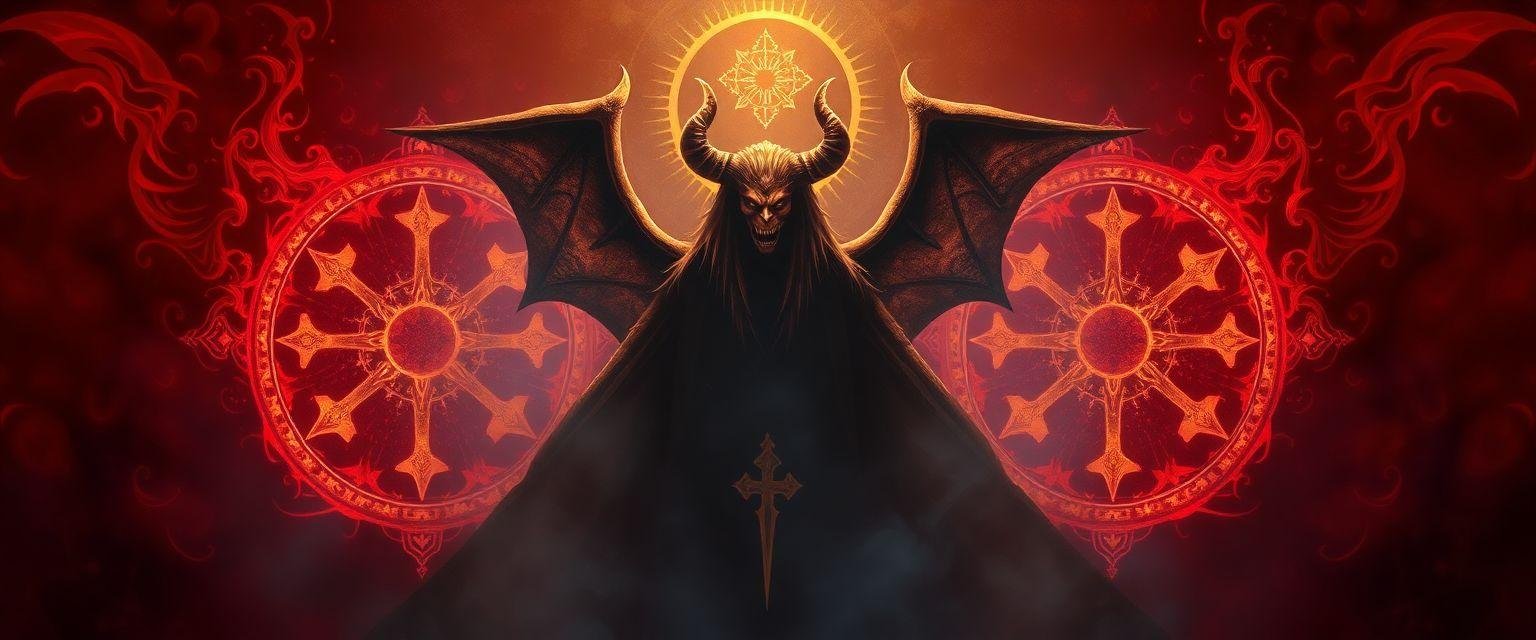
Protecting oneself from demons is a concept deeply ingrained in cultural practices worldwide. Whether through spiritual rituals or physical objects, humans have devised numerous methods to ward off these malevolent beings. Here’s how:
Prayer
Prayer is a universal tool for protection, harnessing spiritual strength to repel demonic influences. Many cultures believe that invoking divine power creates a protective barrier against evil.
Salt
Salt has long been considered a purifying substance, used in rituals and traditions to ward off evil spirits. Sprinkling salt around doorways and windows is a common practice.
Crystals
Certain crystals, such as black tourmaline and amethyst, are believed to have protective properties against negative energies. Carrying or wearing these stones can provide a sense of security.
Smudging
Smudging with sage or other herbs is a practice used to cleanse spaces of negative energies. The smoke is thought to purify the area, driving away malevolent spirits.
Holy Water
Holy water, blessed by religious figures, is often used to protect against evil. Sprinkling it in living spaces or carrying it as a talisman is a common practice.
Sound
Sound, such as bells or chanting, is used in many cultures to drive away evil spirits. The vibrations are believed to disrupt negative energies.
Banishment Rituals
Banishment rituals vary across cultures but generally involve specific actions or incantations designed to expel demons from a person or place. These rituals often require the guidance of a knowledgeable practitioner.
Insider Tip: Always approach protection rituals with respect and understanding of the cultural context. For more on spiritual protection practices, explore this resource.
Final Thoughts on Types of Demons and Their Meanings
Demons in folklore and mythology provide a fascinating lens through which to view human fears, desires, and societal norms. Each demon, with its unique traits and stories, offers insights into the cultures from which they originate. By exploring these tales, we can better understand the complexities of human nature and the universal themes that transcend cultural boundaries.
Thought-Provoking Question: Could the enduring presence of demons in mythology and culture be a reflection of our ongoing struggle with the unknown, a reminder of the mysteries that still elude human understanding?
For more on cultural myths and stories, visit our blog.
Through this exploration, we are reminded that while demons may be creatures of the shadows, the light of understanding can reveal much about our own world.




